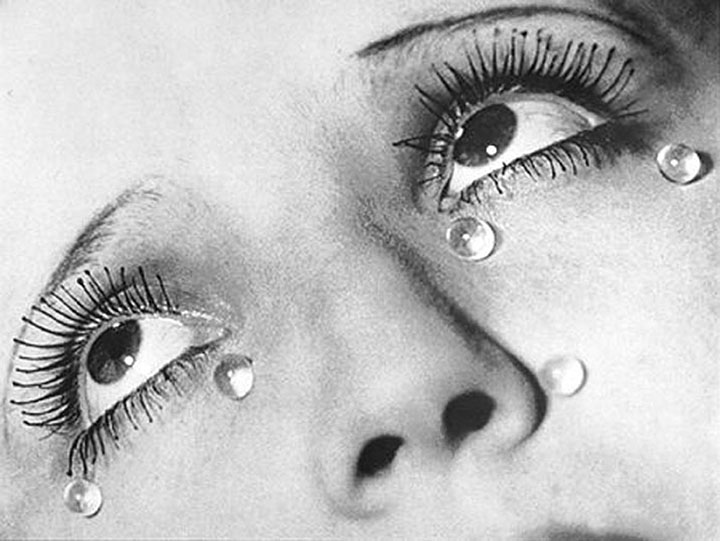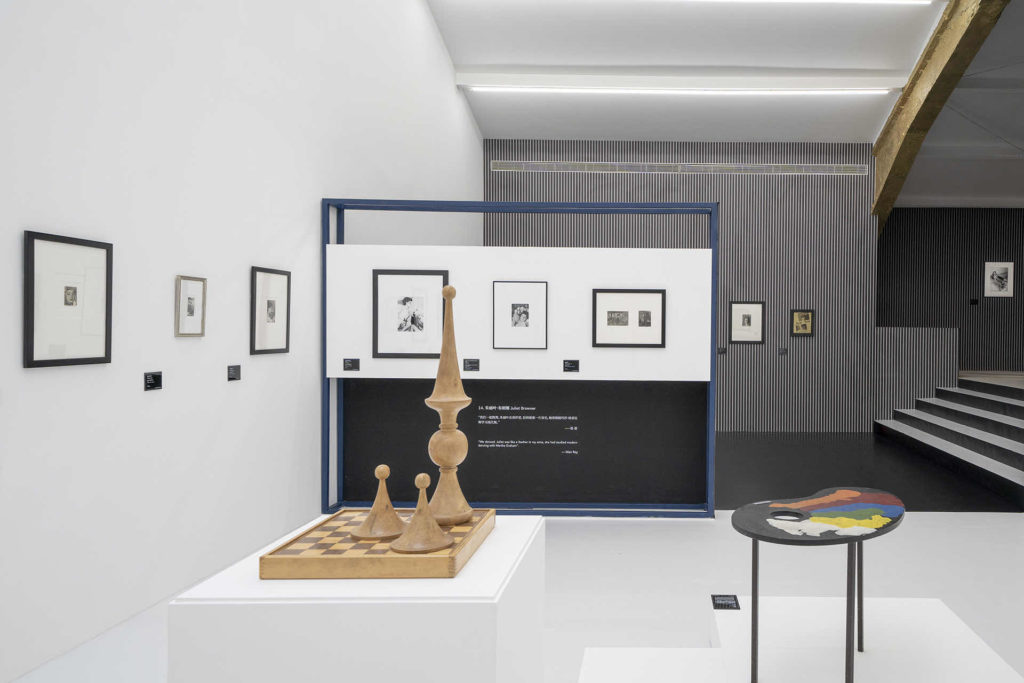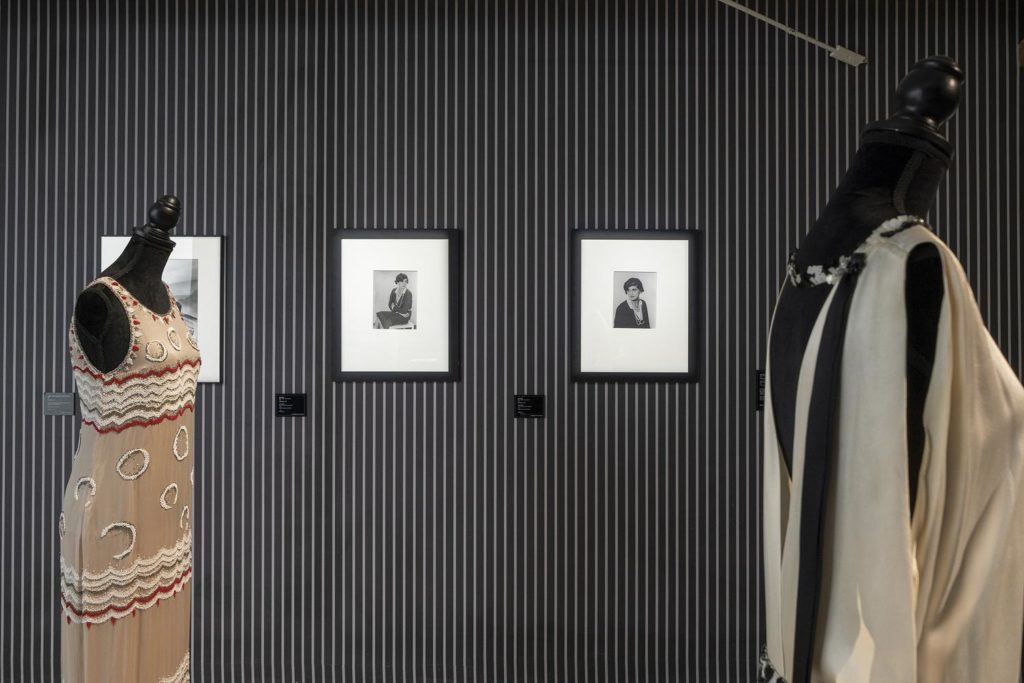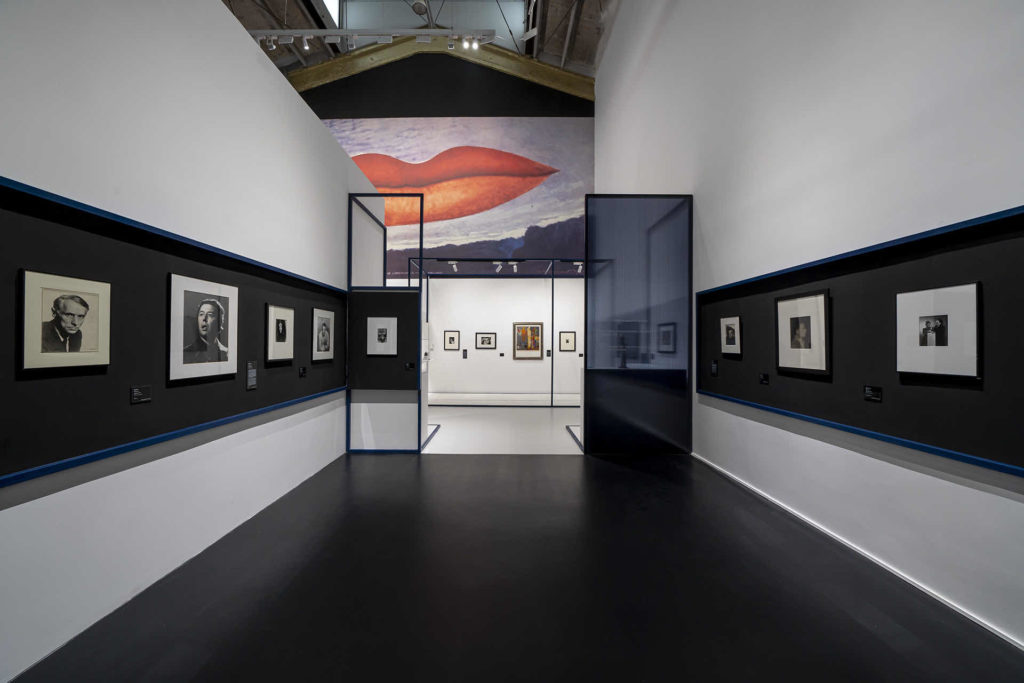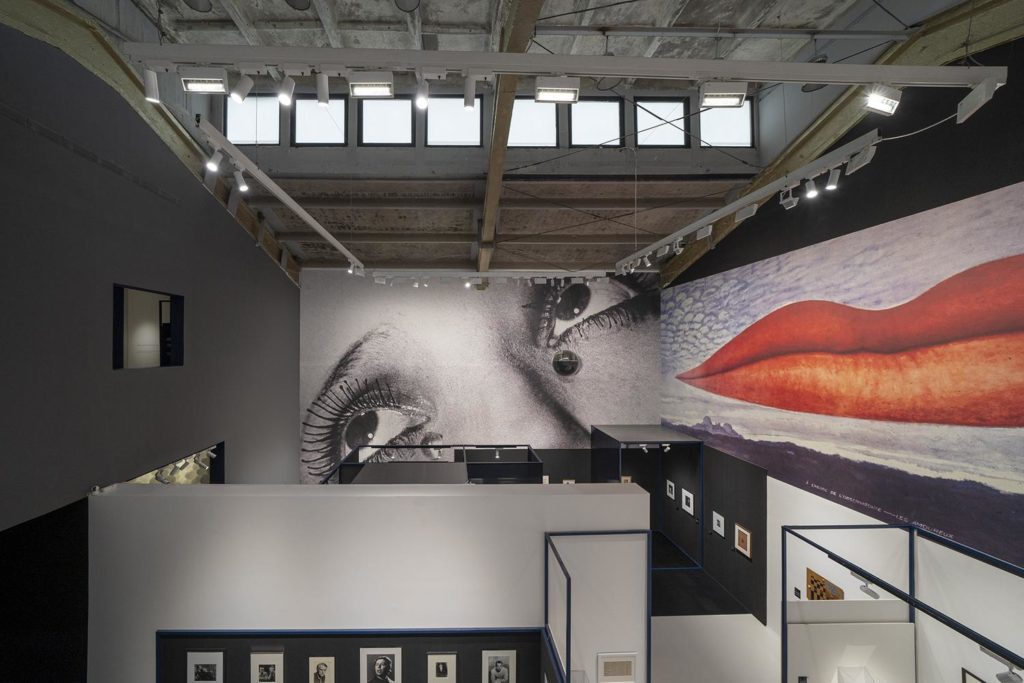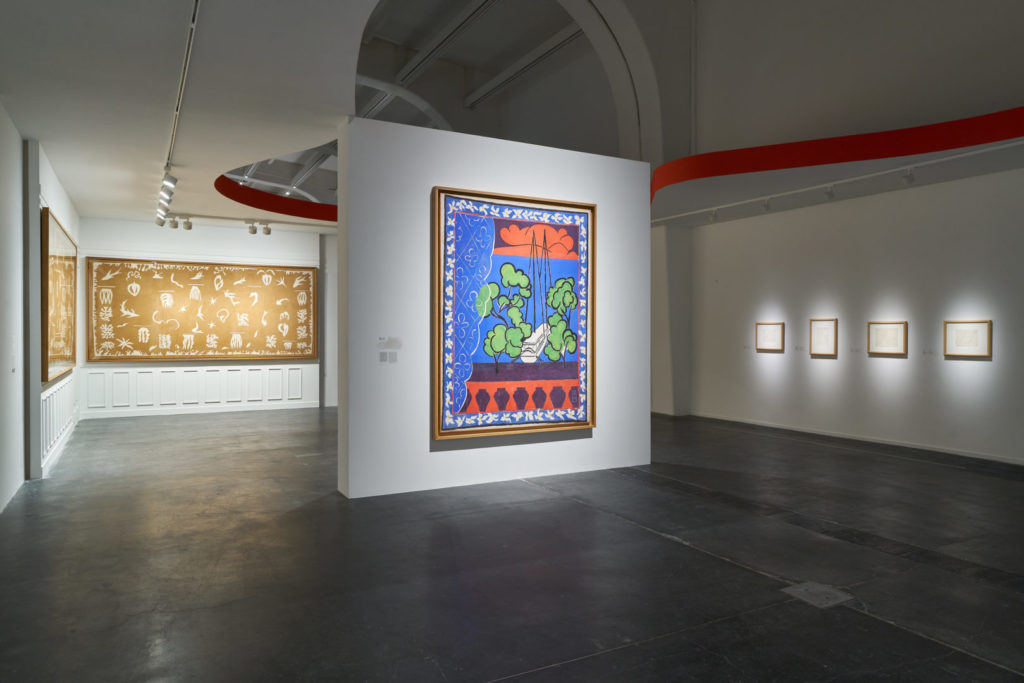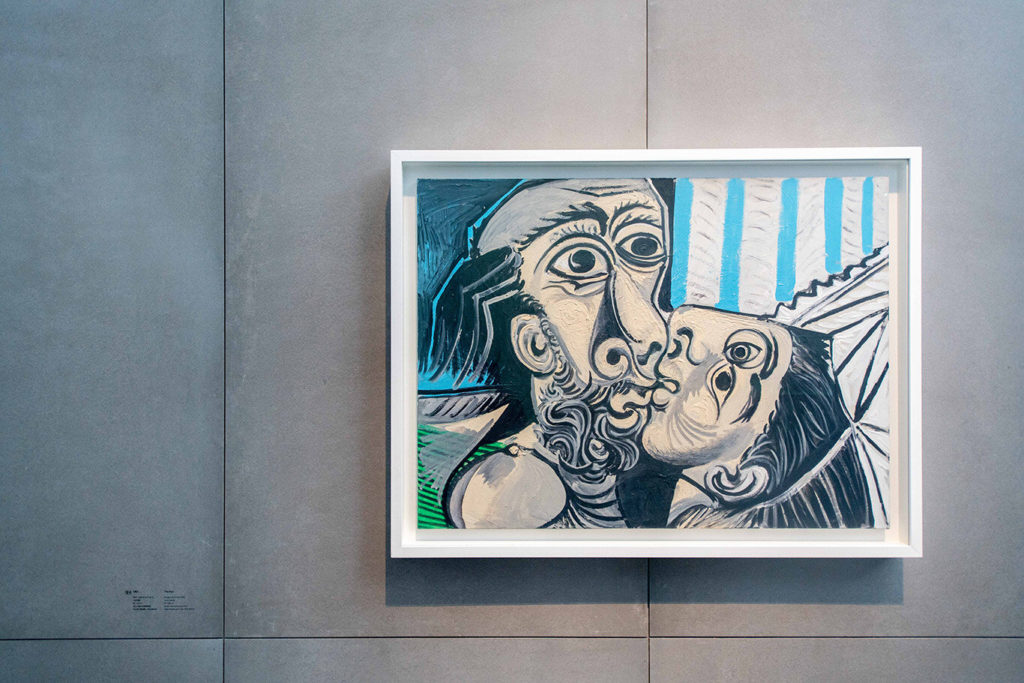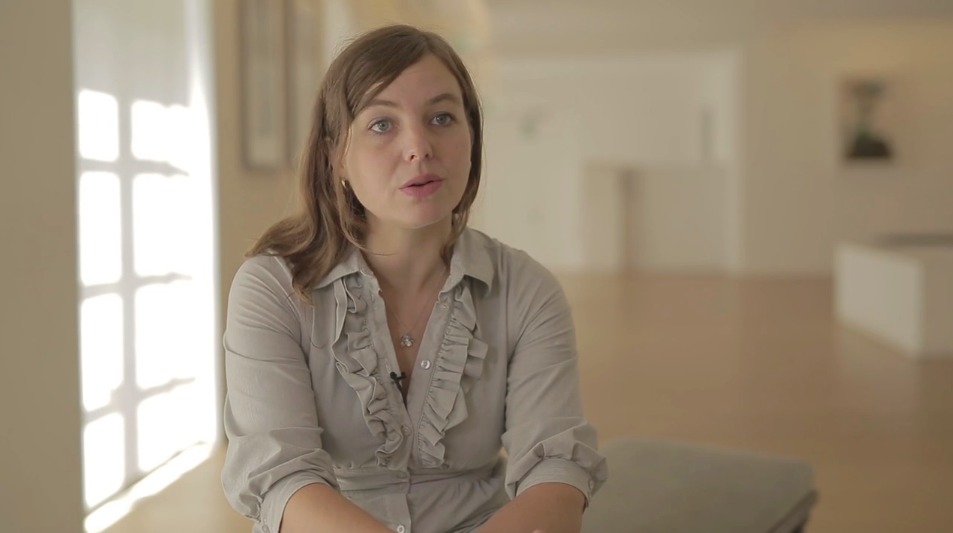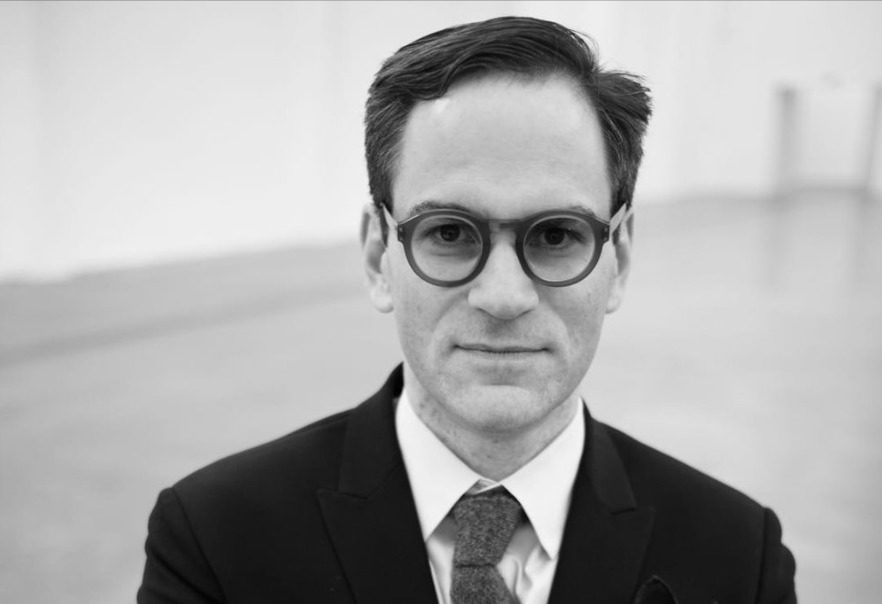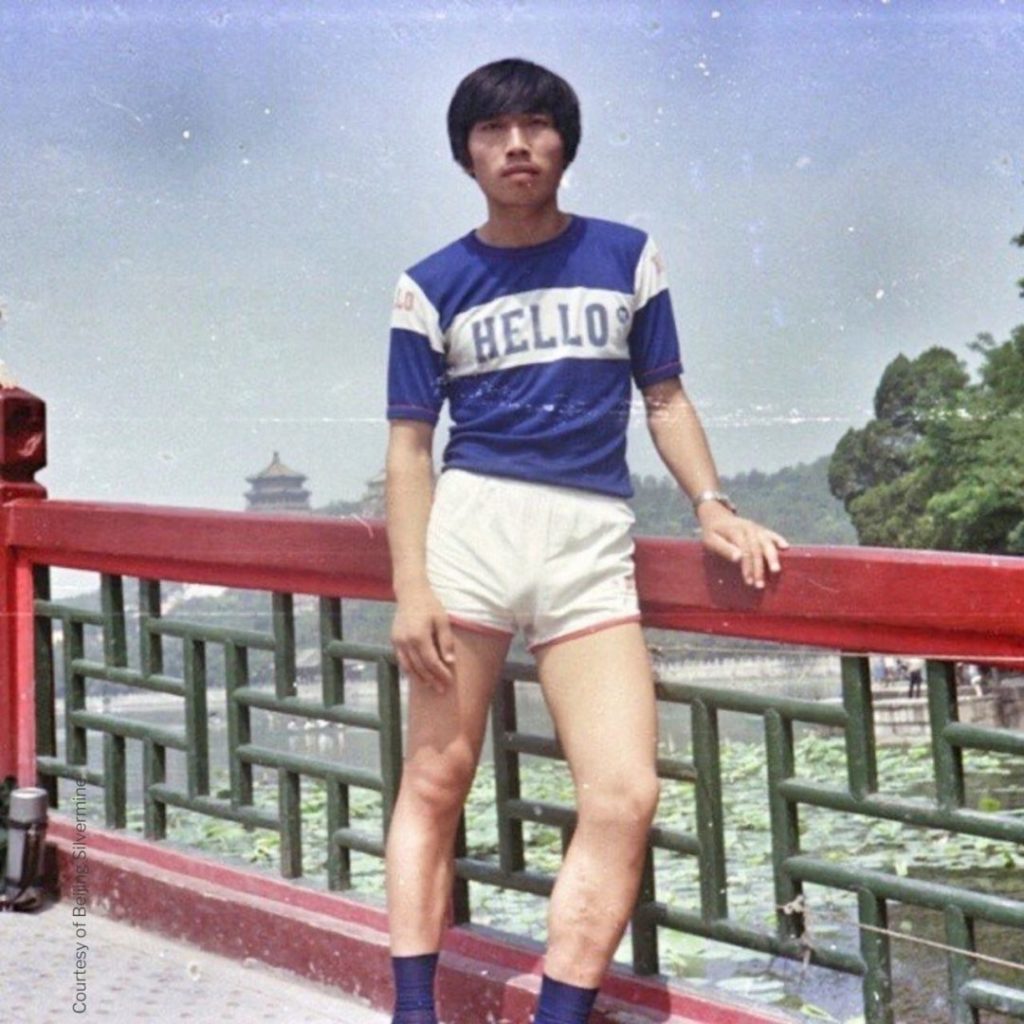After Picasso in 2019, Doors continues to bring masters of the European 20th century to China by touring a Man Ray exhibition. Much like Man Ray’s autobiography, Self-Portrait, the exhibition follows the artist’s migrations between the United States of America and France : New York (1890-1921), Paris (1921 -1940), Hollywood (1940-1951), and the return to Paris (1951-1976).
The exhibition focuses on the major artistic movements to which Man Ray belonged, his photographic experiments, his relationship to fashion photography, and the many muses and lovers who played a crucial role in his life. Dadaism and surrealism, Vogue and Harper’s Bazaar, “rayographs” and overprints, Kiki de Montparnasse, Lee Miller, Juliet Browner….
Man Ray considered himself “a painter who uses photography to reproduce his work,” yet his portraits and fashion photographs, often commissioned works, became part of his field of artistic experimentation, marking a turning point in the history of photography and profoundly influencing the visual language of the magazine press and advertising.
Supported by: Man Ray Trust
Institutional Partners: French Embassy in China, Institut Français
Special Thanks to: Design Museum Den Bosch (Netherlands), Bibliothèque Elsa Triolet (Ville de Saint-Etienne-du-Rouvray, France), Kunio Iwaya (Art and Literature Historian, Honorary Professor at Meiji-Gakuin University)
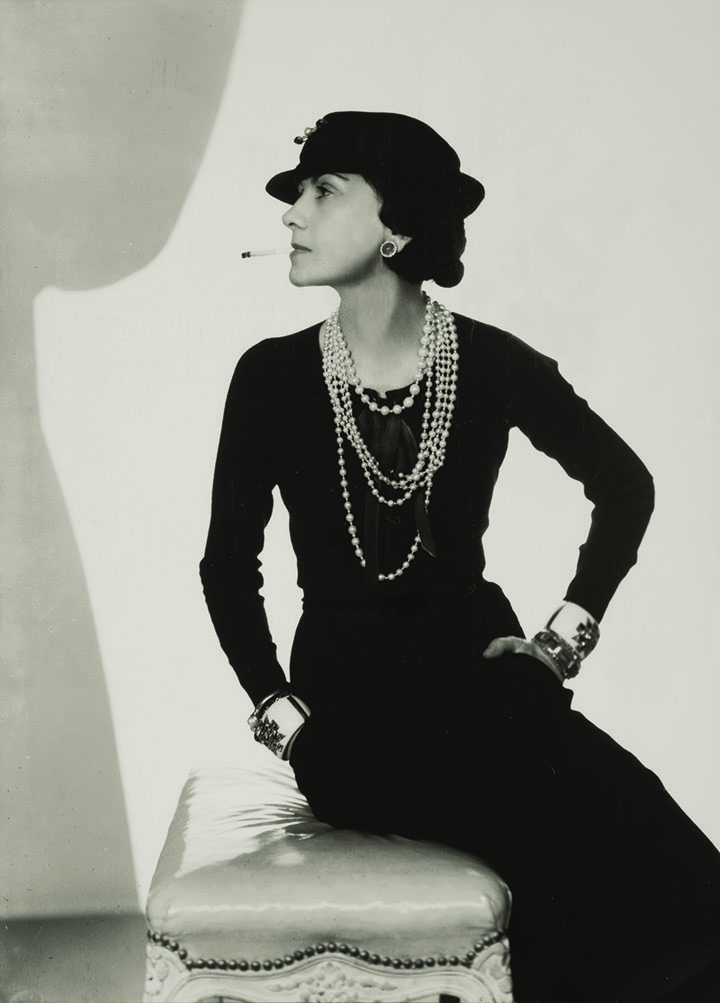
Man Ray, "Coco Chanel", 1930. Courtesy Association Internationale Man Ray, Paris. © MAN RAY TRUST/ ADAGP, Paris & SACK, Seoul, 2021
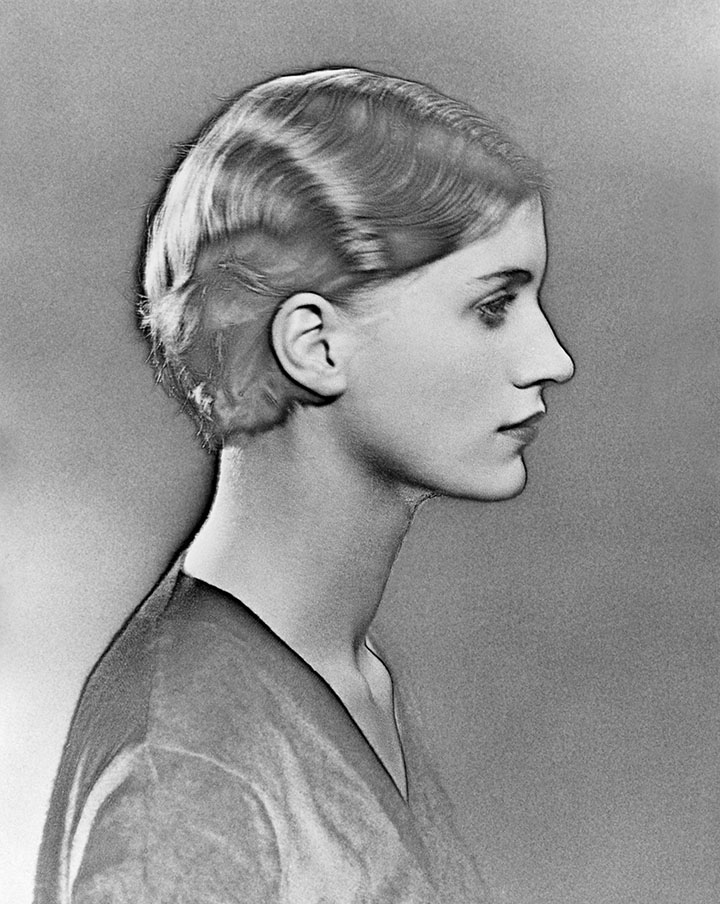
Man Ray, Lee Miller, Solarization, 1929. Telimage, Phototheque Man Ray, Paris. © MAN RAY TRUST/ ADAGP, Paris & SACK, Seoul, 2021
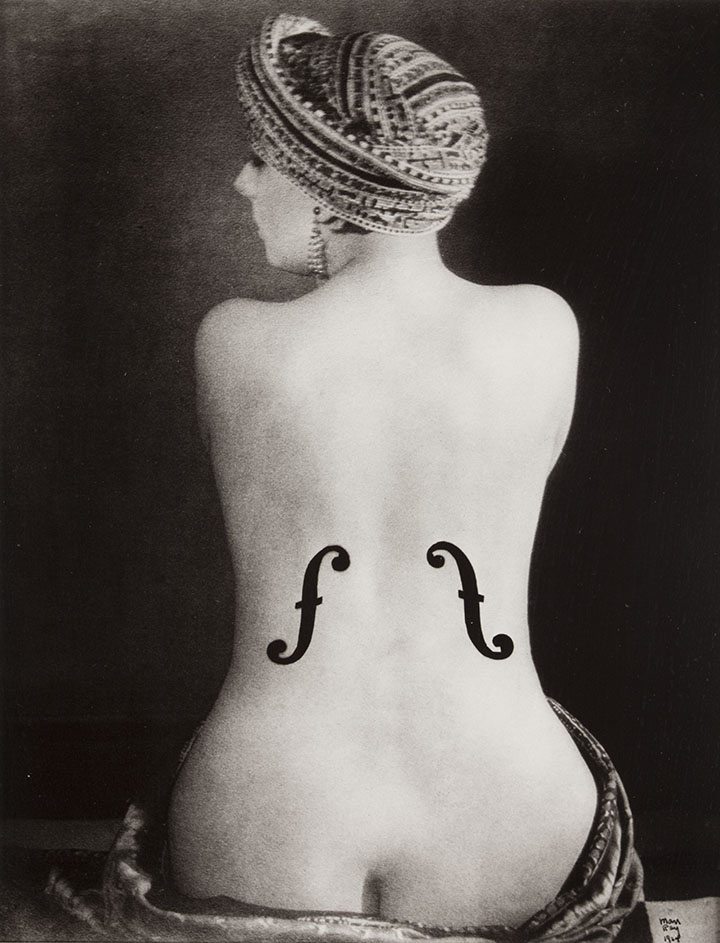
Man Ray, "Ingres's Violin", 1924. Courtesy Association Internationale Man Ray, Paris. © MAN RAY TRUST/ ADAGP, Paris & SACK, Seoul, 2021
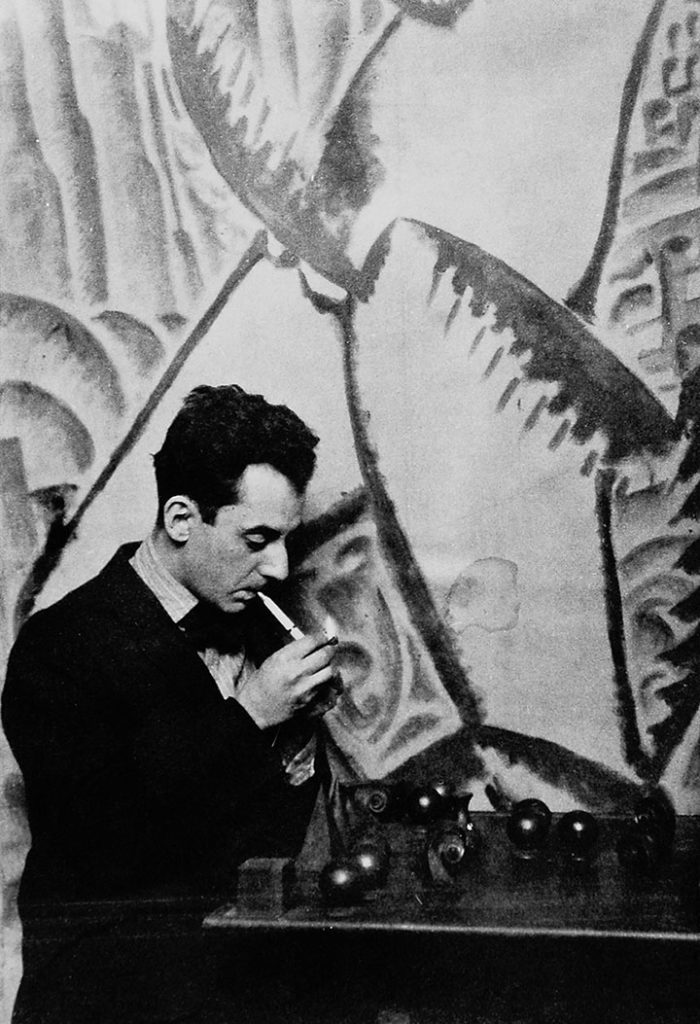
Man Ray, "Self-portrait", 1930. Courtesy Association Internationale Man Ray, Paris. © MAN RAY TRUST/ ADAGP, Paris & SACK, Seoul, 2021
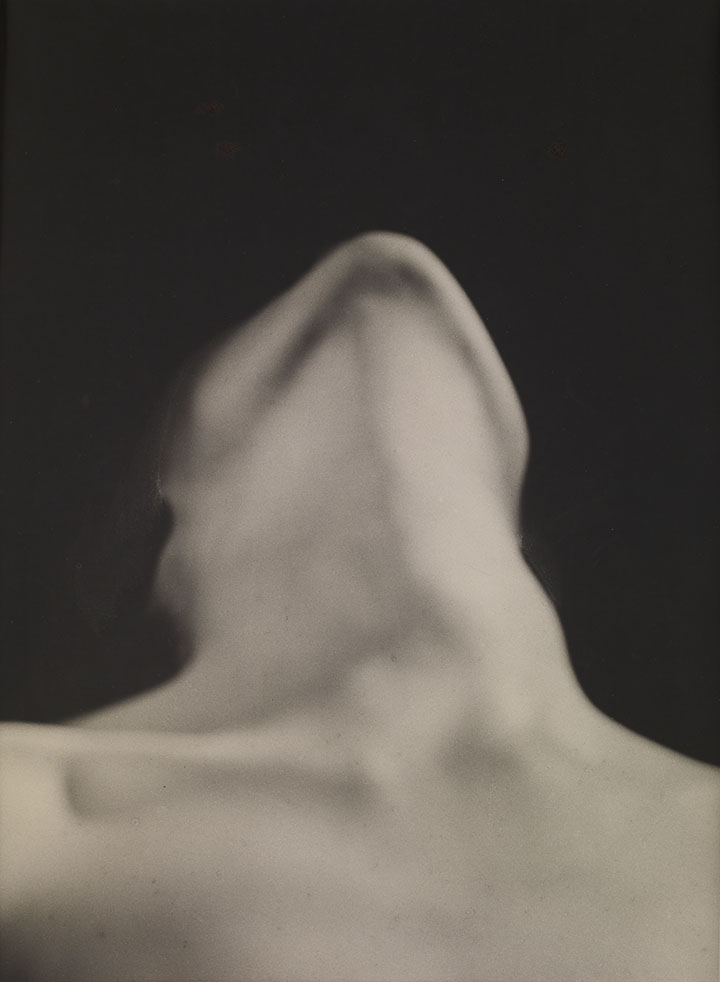
Man Ray, "Anatomy", 1930. Courtesy Association Internationale Man Ray, Paris. © MAN RAY TRUST/ ADAGP, Paris & SACK, Seoul, 2021
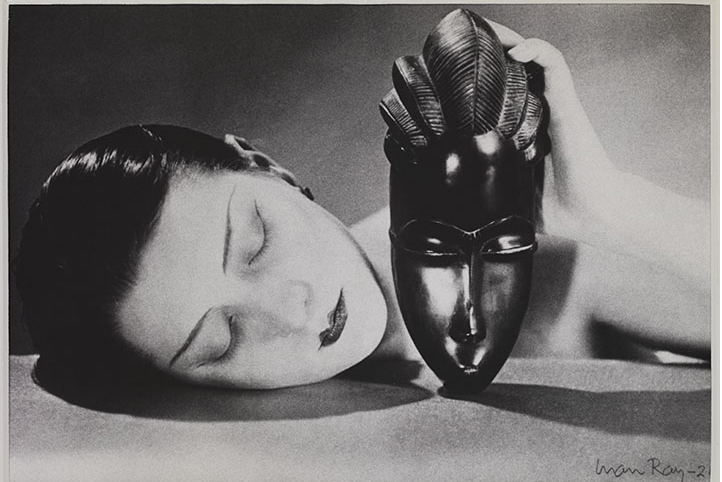
Man Ray, "Black and White", 1926. Courtesy Association Internationale Man Ray, Paris. © MAN RAY TRUST/ ADAGP, Paris & SACK, Seoul, 2021
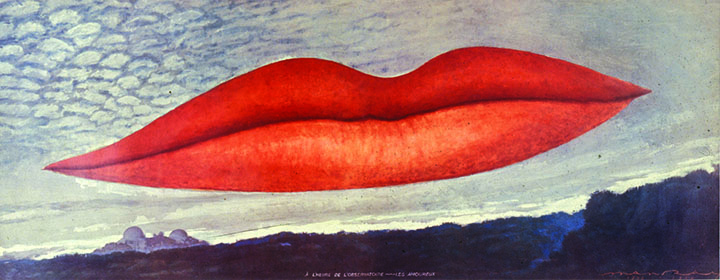
Man Ray, "Observatory Time – The Lovers" 1934/1967. Courtesy Association Internationale Man Ray, Paris. © MAN RAY TRUST/ ADAGP, Paris & SACK, Seoul, 2021

Man Ray, "Coco Chanel", 1930. Courtesy Association Internationale Man Ray, Paris. © MAN RAY TRUST/ ADAGP, Paris & SACK, Seoul, 2021

Man Ray, Lee Miller, Solarization, 1929. Telimage, Phototheque Man Ray, Paris. © MAN RAY TRUST/ ADAGP, Paris & SACK, Seoul, 2021

Man Ray, "Ingres's Violin", 1924. Courtesy Association Internationale Man Ray, Paris. © MAN RAY TRUST/ ADAGP, Paris & SACK, Seoul, 2021

Man Ray, "Self-portrait", 1930. Courtesy Association Internationale Man Ray, Paris. © MAN RAY TRUST/ ADAGP, Paris & SACK, Seoul, 2021

Man Ray, "Anatomy", 1930. Courtesy Association Internationale Man Ray, Paris. © MAN RAY TRUST/ ADAGP, Paris & SACK, Seoul, 2021

Man Ray, "Black and White", 1926. Courtesy Association Internationale Man Ray, Paris. © MAN RAY TRUST/ ADAGP, Paris & SACK, Seoul, 2021

Man Ray, "Observatory Time – The Lovers" 1934/1967. Courtesy Association Internationale Man Ray, Paris. © MAN RAY TRUST/ ADAGP, Paris & SACK, Seoul, 2021
“Everything can be transformed, deformed, and obliterated by light.”
Man Ray
From Man Ray’s early encounters and friendship with Marcel Duchamp, which led to his photograph of Marcel Duchamp’s Nude Descending a Staircase No. 2 (1920), and his portraits of Duchamp as “Rrose Sélavy” (his infamous alter ego), both included in the exhibition, each chapter in the exhibition contains specific sub-themes that allow visitors to examine his many contributions to modern art.
These themes include the important artistic movements—Dadaism and Surrealism—which he helped to pioneer and record: key works are displayed, such as the first Dada object he made in France, Gift (1921), and Perpetual Motif (1923). Other important themes include his career in fashion photography for Vogue and Harper’s Bazaar, and the many muses and lovers who played key roles in his life: Kiki de Montparnasse, Lee Miller and Juliet Browner, all of whom have dedicated sections in the exhibition, which highlight the ways in which his personal life informed his art.
In addition to this, the exhibition examines the multitude of ways in which Man Ray expanded the medium of photography to occupy a space at the intersection of fine art and documentation. His incorporation of portraiture and “fashion prints” into his artistic language, often to sustain his art, changed the way we understand the discipline today, and influenced the application of photography and images to magazines and advertisements.
Man Ray’s art allows us to better understand the world through his alternative lens. The exhibition invites audiences to experience Man Ray’s experiments with optics highlighted by his Rayographs, which were considered “pure Dada creations” and “cameraless photographs”. Moving between the pre- and post-war periods, the show investigates how historical events, personal relationships, and his long-term examination of the nature of art, intertwine and take form in Man Ray’s work. Dreams become reality as Man Ray reveals the ways in which the subconscious informs perspective, incorporating ideas, desires, and meaning, while “in true Dada spirit”, as Man Ray asserts, completing “the cycle of confusion”.

